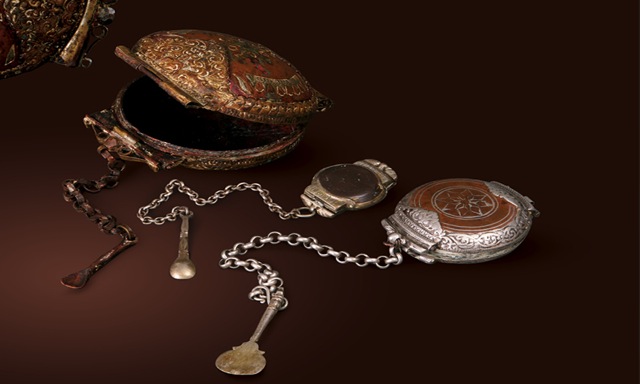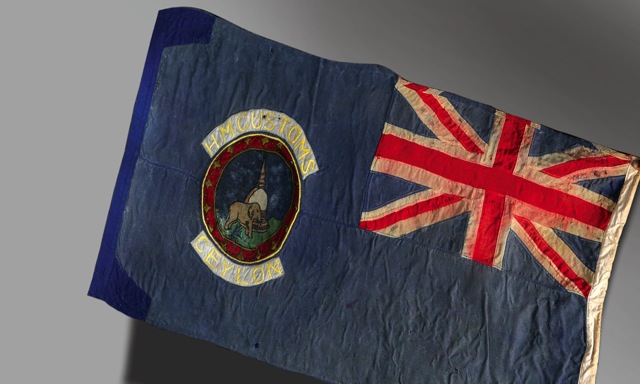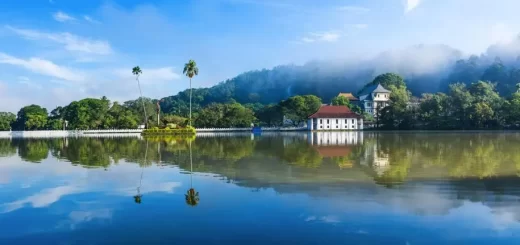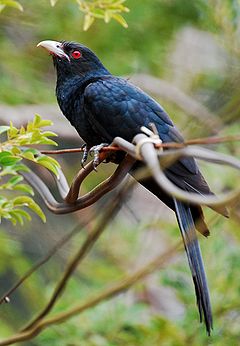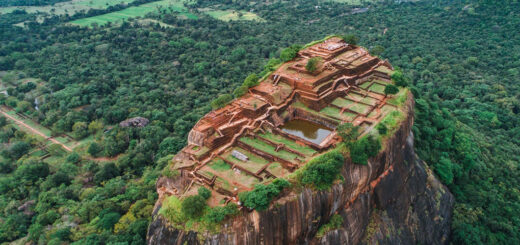SRI LANKA ROUNDABOUT (Number 23) – Sri Lanka Customs
by · Published · Updated
A weekly look at Sri Lanka for Jetwing by Royston Ellis
Welcome to Jetwingers around the world to this week’s issue of my regular Jetwing newsletter about Sri Lanka
Sri Lanka Customs
All visitors to Sri Lanka encounter customs on arrival; there are red channels for those with something to declare, and a green channel for those with nothing on which duty should be paid. There is a duty free allowance for liquor and perfumes, but not for cigarettes.
The first evidence of customs duty being collected in Sri Lanka is carved on a stone, a replica of which is to be seen at the Customs House museum in Colombo. The inscription refers to duty collected from a ship in the interior harbour at Godawaya in Southern Sri Lanka near the mouth of the Walawe River.The inscription was made during the reign of King Gajabahu (114-136AD) and states that the King ordered the duties collected be donated to the Godawaya temple for its maintenance.
The replica is at the entrance to the museum, Colombo’s newest repository of fascinating items from the past. The modern customs authority was established in 1806 with the first Controller being appointed in 1809. The theme of the museum is to illustrate the development of Sri Lanka Customs for future generations. It is a fascinating display of items and gives an insight into the valuable heritage of this country.
Many exhibits were seized by alert customs officers when people were attempting to export or import them illegally. For instance, the export of antiques from Sri Lanka is prohibited and items such as ornately carved Dutch-period furniture are on display in one section. In a showcase are antique chunam(lime paste) containers with a chain and spoon that date from the 18th century and were part of the tradition of chewing areca nuts and betel leaves.
There are lots of confiscated items in the biodiversity section like seashells, animal skins, stuffed birds, mounted butterflies in frames, turtles and coral, ivory and valuable timber and even a snakeskin-covered briefcase.
Not all the exhibits are contraband. On display is a unique flag introduced under an ordinance of 1949 on the instructions of then Principal Collector of Customs. The flag includes the Union Jack on the top right corner and a yellow coloured circle with an image of a Tusker and Stupa on the bottom left against a blue background. On top of the yellow circle are the words”H M Customs” as Sri Lanka Customs was referred to then. There are other items such as ancient telescopes and whistles and a display of the different uniforms of customs officers.
The museum is well laid out in a small area and a visit there seems all too brief. At present the museum is open to the public only on one day a week: Wednesday from 10am to 12noon. It is on the ground floor of Customs House, centrally located in Main Street at the entrance to Pettah. Visitors have to leave passport at reception to receive a pass; entry is free.
Royston Ellis (www.roystonellis.com) is a British author resident in Sri Lanka since 1980.

